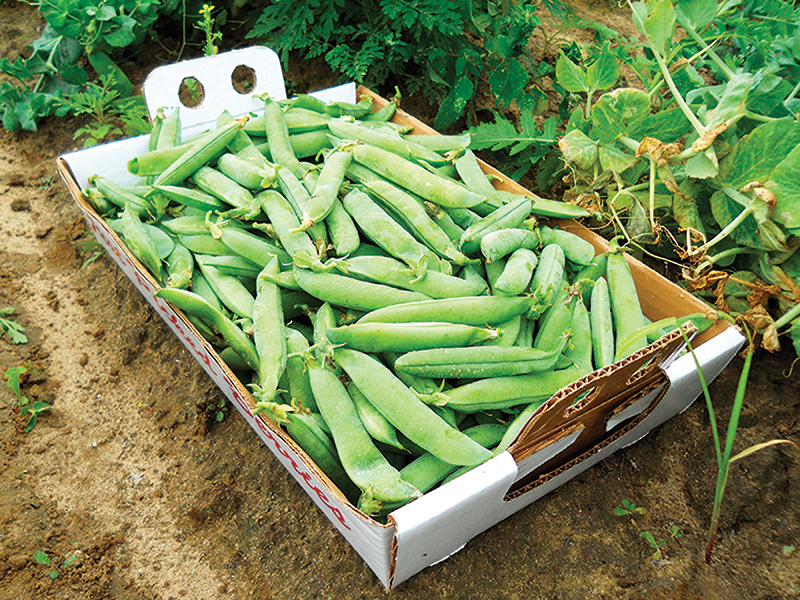
All gardeners can and should save seeds. Saving seeds adapts crops to your climate, your growing methods (tillage, no tillage, compost, organic fertilizers) and your liking. The good news? It’s really pretty easy to save a lot of seeds you already grow in your garden. So let’s look at a few of those and some general considerations for each.
1. Tomatoes

Tomato seed is perhaps the most readily available seed in the garden—how many tomato seeds have you eaten this year? Thousands, I imagine. It’s pretty easy to take a seed from a tomato you like and save it for next season. This requires a small fermentation to remove the gel sack around the tomato seed. To accomplish this, simply place the seeds in a small amount of water on the counter (or in a garage, because it can stink) and stir it a few times over four days. Strain and clean it, then let it dry on something hard such as a plate (paper towels or napkins will stick) and label them. That’s it!
2. Corn

It’s easy to save seed from sweet and dent corn varieties, with some simple considerations. It’s best to let the ears to fully develop until the plant is brown (the length of time this requires depends on the variety). But sweet corns and dent corns can make for easy seed saving. Also, corn adapts well to new conditions. Note that corn can cross with other corns grown within two miles, so if you have a lot of corn growing around you, or you have neighbors with a garden, consider researching ways to isolate your corn. This includes growing it earlier or later, and using a bag over the stock and hand-pollinating. Corn can get complicated in that way, but it can also be a fun and rewarding project for the kids and parents alike to breed a family seed.
3. Cilantro

Because cilantro likes to bolt (flower) in the summer very readily, it’s easy to save seed on it. The flowers draw in beneficials, so that is a nice bonus, then the seeds form (coriander). When they are mostly dry, cut and remove them. That’s it. No real challenge. Allow the plants to fully dry somewhere with good ventilation, then stomp them into a bucket. Most of the seeds should fall off. You can separate them from the chaff by dropping them into a bucket with a fan beside it. The chaff will blow off while the heavier seeds fall into the bucket.
4. Basil

Basil is another quick-to-bolt plant where the seeds are easy to snag. If you don’t want a quick-bolting basil, consider saving seeds only from the final plants to go to flower. That will help you select for basil that does not go to flower too quickly.
5. Kale and Collards

If you plant kale in your fall garden, depending on your climate and the variety you choose, there is a good chance (especially if you cover it) that you will get that same kale to return in the spring. The advantage? It will almost immediately start to flower and give you a load of seeds by early summer. Consider, though, that you should look up the family of brassica you want to save and make sure that if you have another flowering brassica that it’s not in the same family.
6. Beans and Peas

Beans and peas are two crops that take a little longer to get going, but when they come in, they come in strong. In that way it’s easy to let the last few on each plant mature all the way until the seed pod (the bean) is fully dry. After this happens, remove that and save the seed for your next planting.




